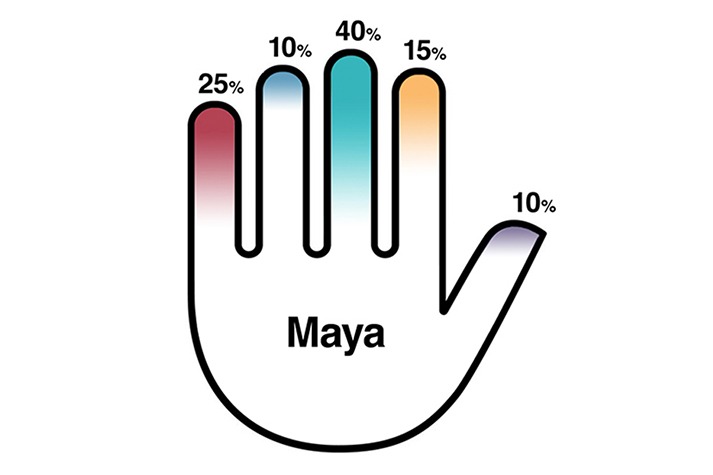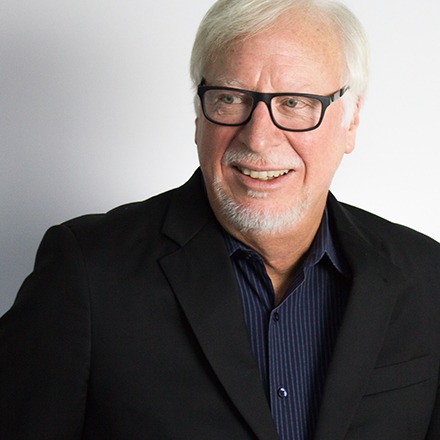Steal This Idea: How are YOU talented?
Thousands of people have taken the Metaskills Quiz, the easy online test for assessing five key talents—or metaskills—needed in an increasingly talent-hungry workplace. At the end of this 10-minute quiz, your “talent handprint” pops up, showing you which of the five metaskills you rely on most. Cool. But what does it mean, and what should you do about it? Here’s what we’re learning.
Let’s look at a typical handprint.

Maya’s result shows that she relies 25% on Feeling, the metaskill of intuition and empathy. She relies only 10% on Seeing, the metaskill of systems thinking. Her Dreaming, the skill of applied imagination, is off the charts at 40%, while her Making, or skill in designing solutions, is a mere 15%. Finally, her reliance on Learning is only 10%.
What does it mean?
The first thing to understand is that the quiz doesn’t measure how talented Maya is. Instead, it measures how she’s talented. It weighs her strengths against each another, showing her which of the five metaskills are her “go to” talents, the skills she leans on when she’s doing creative work. Therefore, a low percentage in a particular talent doesn’t necessarily mean she has little skill in that area, but that she may simply rely more on other talents.
The second thing to understand is that there are patterns to watch out for, based on the nature of each metaskill. For example, we can say that Feeling and Seeing make a good pair. These are analogous to right-brain (emotional) and left-brain (rational) styles of thinking—they’re both stronger when they work together.
We can also say that Dreaming and Making form a good pair. If you have a strong imagination, but can’t demonstrate it with design, your imagination is a little like a tree falling in the forest. By the same token, if you have strong design skills, but little imagination, you may find if difficult to innovate.
Finally, we can say that Learning, the talent of teaching yourself through reading and other educational techniques, is the opposable thumb of the five metaskills. You can improve any of the other four metaskills with the ability to teach yourself.
What should you do about it?
Getting back to the example of Maya, she might consider a couple of strategies. She might try to balance one or both of her paired metaskills—her Feeling and Seeing, and her Dreaming and Making—and she might try to achieve this faster by engaging her Learning metaskill. She could read books about systems thinking and design, for example. Or take classes on specific subjects. This is not to say that the best handprint is one in which all your talents are equally strong. What makes people valuable in the workplace is the unique perspective they bring to a given challenge. The most important thing is to create the handprint you want—a set of skills that make the most sense for you and the work you love to do.
Read more about how to succeed in the workplace of the future in Metaskills: Five Talents for the Robotic Age. Google calls it “a rousing manifesto of mastery in a connected world.” The Alliance of Chief Executives say it’s “a critical roadmap.” Let me know what you think.
Helpful Links
Buy Metaskills on Amazon

